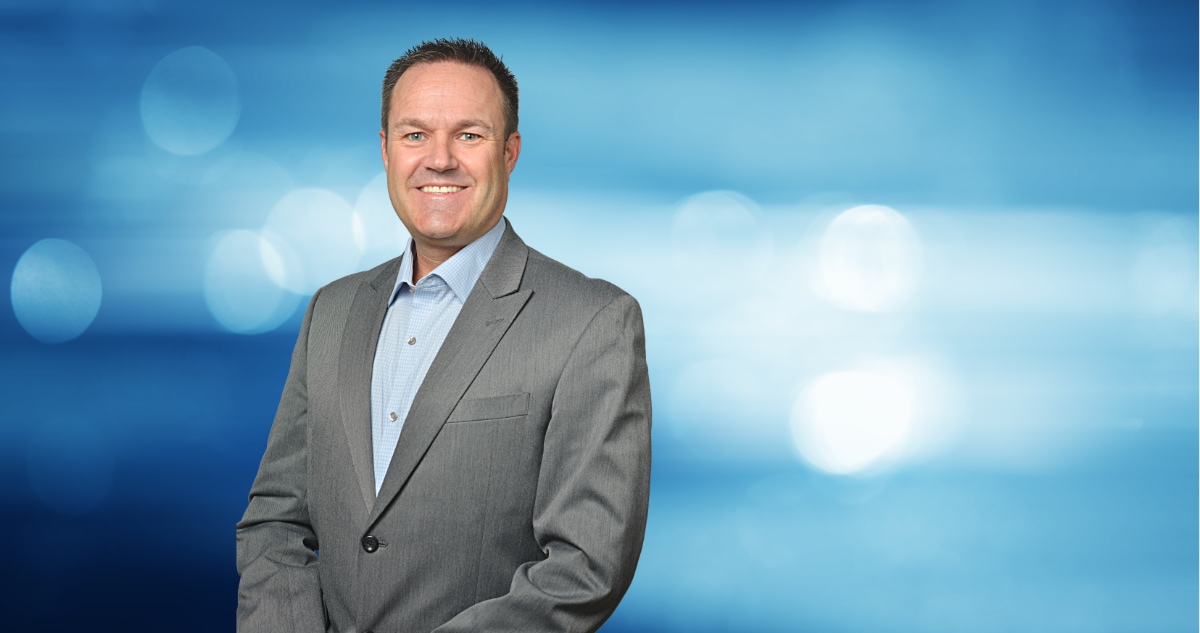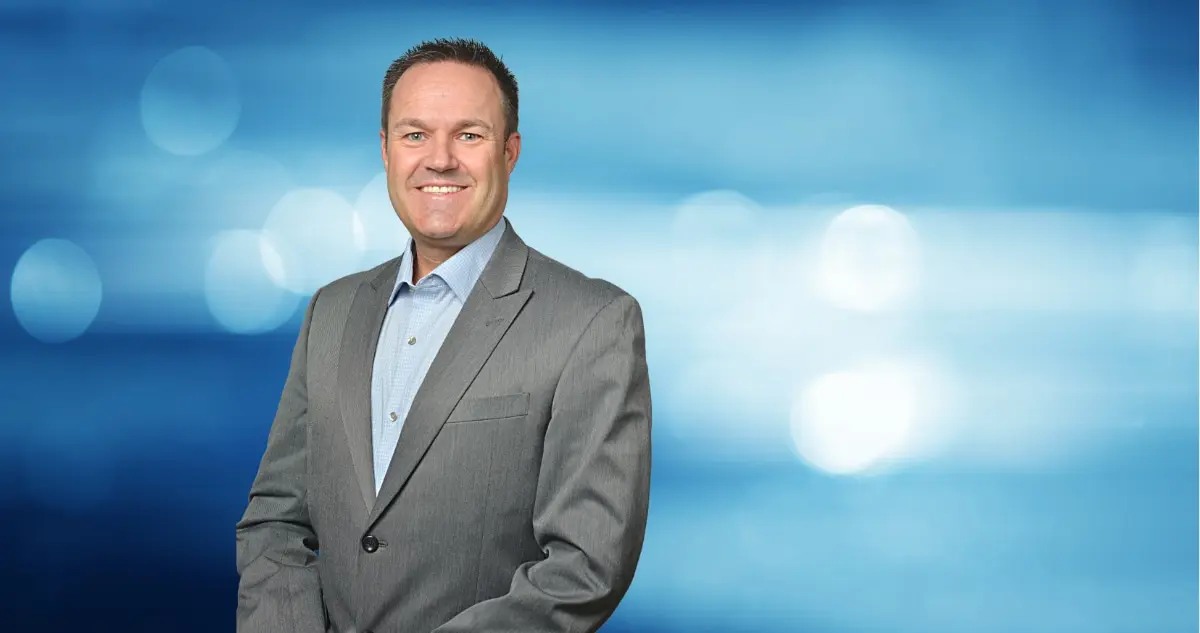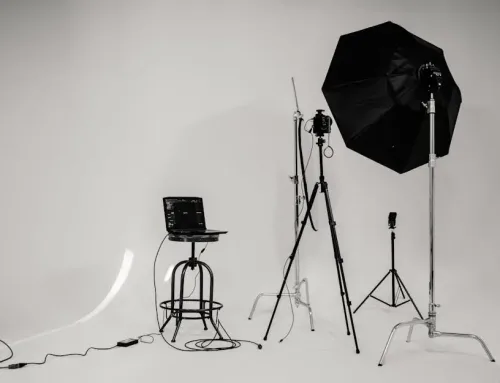When it comes to CEO headshots, capturing the essence of leadership and professionalism is crucial. Your headshot is often the first impression you make on investors, clients, and stakeholders. Planning a successful session requires careful attention to detail. Let’s walk through the key considerations to ensure your headshot reflects your position and personality perfectly.
1. Understanding Your Professional Image
Before you step in front of the camera, it’s essential to understand what message your headshot should convey. Whether you’re aiming for a visionary leader or approachable executive impression, clarity on this will guide the shoot.
Consider how you want to be perceived. Do you want to appear relatable, inspiring, or steady? Each choice has implications for your pose, attire, and even the photographer’s angle. Discuss these elements beforehand to ensure your headshot aligns with your professional narrative.
Your professional image isn’t just about appearance—it’s about embodying the values and vision of your company. Align your headshot with the brand ethos to create a cohesive representation both in and out of the office.
2. Choosing the Right Photographer
Not all photographers are created equal. Finding someone with experience in corporate photography is key. Look for a professional who can bring out your natural charisma while maintaining an aura of professionalism.
An excellent way to find the right photographer is by reviewing their portfolio. Look for diversity in their work—this displays flexibility and an understanding of different personalities and industries. Testimonials from past clients can also provide insight into their working style and reliability.
3. Deciding on Wardrobe and Style
Your clothing should reflect your industry and position. Classic and tailored outfits often work best, but don’t be afraid to incorporate elements that showcase your personal style.
Consider colors and patterns that complement your features and convey the right tone. A solid, dark jacket can evoke authority, while lighter tones may suggest openness.
4. Finding the Perfect Location
While studio shots are common, consider how an office or outdoor setting might enhance your image. The backdrop should complement your brand while not distracting from you as the main subject.
Some CEOs prefer an office setting to subtly showcase their workplace culture. Alternatively, urban landscapes or natural settings can offer vibrant backdrops that breathe life into your headshot, reflecting your dynamic role.
5. Paying Attention to Lighting
Good lighting can make all the difference. Natural light is flattering, though studio lighting can be expertly controlled to highlight your features. Discuss options with your photographer to achieve the best results.
Lighting also affects mood—soft, diffused lighting can make you appear approachable, while sharper lighting might express a more decisive presence. Work with your photographer to experiment with different styles until you find what best suits you.
6. Considering Hair and Makeup
A professional hair and makeup artist can enhance your natural features and ensure you look polished. Subtle, refined touches can elevate your appearance without overwhelming the image.
It’s crucial to select a hair and makeup style that feels authentic to you. Staying true to your personal style helps maintain comfort and confidence, allowing these traits to shine through in the final shots.
7. Timing the Session Right
Schedule your headshot session at a time when you’re not rushed or stressed. A relaxed mindset will translate into more natural, confident photos.
Morning sessions can take advantage of fresh energy and natural light, while afternoon sessions can benefit those who feel more at ease later in the day.
8. Projecting the Right Expressions
Your expression should align with your intended image. Practice in front of a mirror to master a variety of looks, from confident to approachable, ensuring versatility in your photos.
Remember to relax your body and breathe deeply during shoots. Awkward stiffness can be visible in photos, detracting from the natural ease of your expression.






